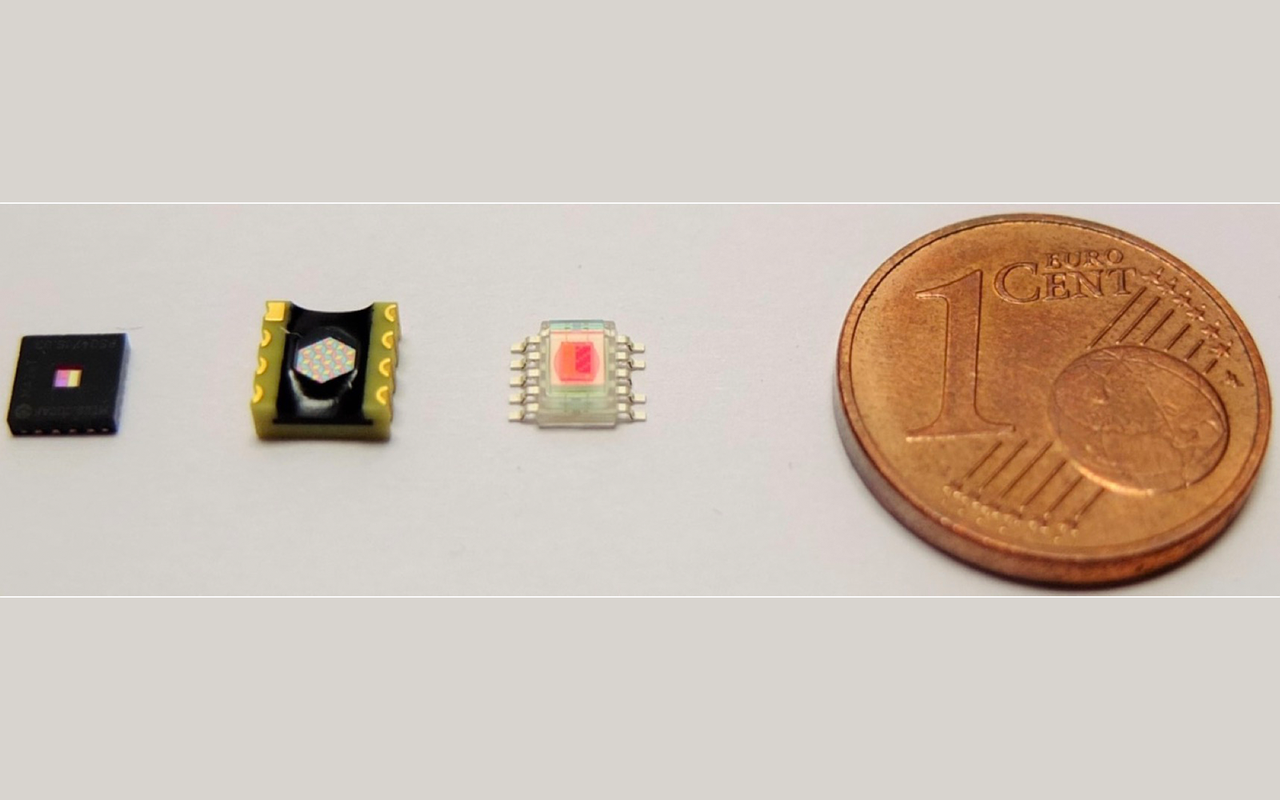Exploring Non-Visual Effects of Light: An Investigation Using RGB Color Sensors for Smart Lighting Applications
This study explores the non-visual effects of light, demonstrating that low-cost RGB color sensors can accurately assess lighting conditions for both visual and non-visual benefits. The findings highlight the potential for smart lighting systems, emphasizing the need for comprehensive evaluation and further research.
Key Findings of this Study:
The study underscores the importance of considering non-visual effects of light in lighting design and technology, highlighting that light significantly impacts aspects such as alertness, sleep quality, hormone production and suppression, and phase shift, all of which can affect human health and well-being. The research demonstrates the effective use of inexpensive and commercially available RGB color sensors to obtain colorimetric and photometric values with good accuracy, opening up possibilities for cost-effective solutions in lighting technology. The study emphasizes the need for a comprehensive evaluation of lighting systems, considering both visual and non-visual effects, leading to better lighting solutions that enhance user comfort and well-being. It also highlights the potential limitations of using a single sensor type, indicating the need for further research with different sensor types to generalize the findings. Lastly, the study points towards the future of lighting technology, where adaptive control systems (smart lighting) that provide optimal visual and non-visual conditions will become increasingly important, guiding future research and development in the field.
Results:
-
The study successfully defined suitable input parameters for the description of non-visual lighting effects and determined their optimal values. These parameters can be used to describe the non-visual effects of light in their variety of manifestations such as alertness, sleep quality, hormone production and suppression, and phase shift.
-
The research implemented a model to check the synthesized prediction model for lighting applications. The model not only conformed to the mathematical calculations, but also determined whether it can be applied in lighting systems with low-cost RGB color sensors.
-
The study found that it is possible to obtain colorimetric and photometric values XYZ, Ev, and CCT with relatively good results using inexpensive and commercially available RGB color sensors. The maximum relative deviations were found to be in the range of ± 3.3%.
-
The study concluded that the methodology described enables an accurate and financially justifiable assessment of lighting installations according to non-visual criteria, which will become increasingly important in the coming decades.
- Title: Determination and Measurement of Melanopic Equivalent Daylight (D65) Illuminance (mEDI) in the Context of Smart and Integrative Lighting
- Authors: Vinh Quang Trinh, Peter Bodrogi, and Tran Quoc Khanh
- Affiliations:
- Laboratory of Adaptive Lighting Systems and Visual Processing, Technical University of Darmstadt, Hochschulstr. 4a, 64289 Darmstadt, Germany
- ERCO GmbH, Brockhauser Weg 80-82, 58507 Lüdenscheid, Germany
- Published: 23 May 2023
- DOI: 10.3390/s23115000
- Journal: Sensors 2023, 23, 5000
- Keywords: non-visual effects of light; melanopic equivalent daylight (D65) illuminance; mEDI; melanopic equivalent daylight (D65) efficacy ratio; mDER; intelligent and integrated lighting; mDER calculation model; mEDI measurement; mEDI determination
- Pages: 21 pages
- Link: https://www.mdpi.com/1424-8220/23/11/5000
© 2023 Luger Research e.U. – Institute for Innovation & Technology

